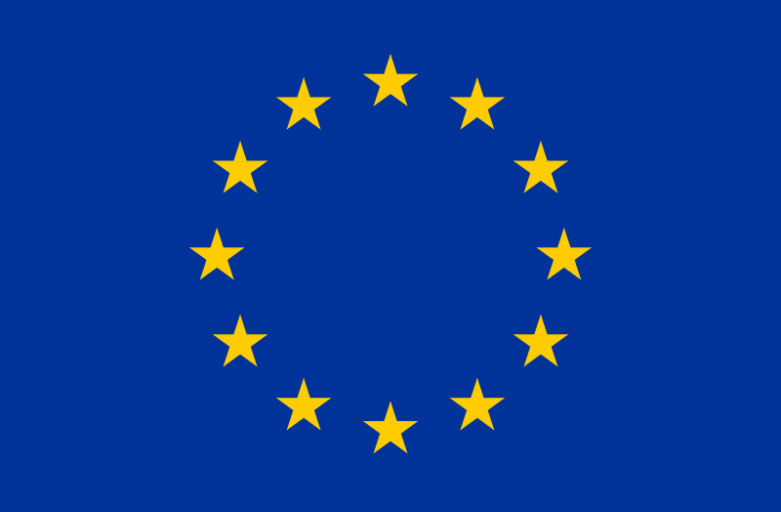After starting off with the conceptual review the second task in Work Package 1 (WP1) in the IMAJINE project was to interrogate how the relevant concepts are articulated and deployed in policy discourses of the EU. As in the first task we examined the use of key concepts in both academic and policy literature this time we focused explicitly on their use in the EU documentation. Thereby, WP1 continued by identifying the relevant documents and developing a framework for analyzing them.
In this task we focused explicitly on the policy-originated concept of ”territorial cohesion” by tracing both the meaning of the concept as well as the justifications for pursuing it from a dataset consisting of both public speeches made by the Commissioners for Regional Policy and Cohesion Reports spanning from 2004 to 2017. Being interested in both the definition of and justification for the concept, this part of the analysis specifically addressed the questions of the “territorial cohesion” of what and why. The idea of focusing on public speeches of regional commissioners aimed on revealing more implicit meaning for the contested concept of Territorial Cohesion in EU policies than what would have been possible by using only more official documentary such as Cohesion Reports or European Spatial Development Perspective document.
Close reading of these speeches confirmed that during the programming periods 2000 to 2006 and 2007 to 2013, the dominant meaning of the concept has been mainly referring to the difference in economic production (in terms of Gross Domestic Product) between the EU regions. However, we detected a shift from this wording towards more individually focused definitions during the latter years of the period under examination. In other words, access to services of general economic interest and spatially even distribution of “opportunities” was clearly highlighted during the latter period.
In general, we note that the justifications for “territorial cohesion” in the EU documentary are being made on the basis of economic rationale throughout the period under examination. However, in the EU articulation during the period of 2000 to 2013 it seems to be that the variance in regional GDP was not necessarily considered problematic on its own but because of pervasive political reasoning according to which the EU cannot afford the economic burden of “lagging regions”. Moreover, referring to these regions as cases of underused or underutilized territorial potential reflects persistent attempts to label Cohesion and ERDF funding as investments rather than a channel of redistribution or “acts of charity”. This was most evident during the years of 2000 to 2013. However, concerning the more individually focused definition that has gained ground during the recent programming period, ”territorial cohesion” is usually justified by idea of European solidarity and by referring to the visible results that can be observed across EU regions.
The analysis in the second part of WP in IMAJINE concluded with critical remarks on both the definition and justification for “territorial cohesion” in EU terminology. We argue that treating macroeconomic production as an indicator of “territorial cohesion” consolidates a very narrow understanding of societal wellbeing and development and imposes on all regions a one-dimensional economic scale indicating their level of development. Thus, it is argued that this more individually focused approach to ”territorial cohesion”, which is gaining more importance within EU terminology, could benefit from an increased recognition of academic discourses on spatial justice, capabilities and human agency. This could help secure both its effectiveness and legitimacy among EU member-states, regions and citizens.
After this policy review we proceed towards third and final task in the WP1 which focuses on different definitions for territorial cohesion and spatial justice among EU and national and regional policy makers. In this final stage of WP1 interviews are conducted in different geographical and institutional settings in Europe in order to scrutinize the geographical variation of the idea and practice of spatial justice, territorial inequality and social cohesion.
As a final note, WP1 will organize a closing seminar in 20th to 21st September 2018 in order to disseminate and discuss the results from WP1. The seminar will take place in Athens, Greece, and is hosted by the WP1 partner Harokopio University. We would very much like to see participation from the all IMAJINE partners in Athens and especially the WP leaders from other work packages.
More info to follow…
Mikko Weckroth & Sami Moisio on behalf of IMAJINE WP1 Team

